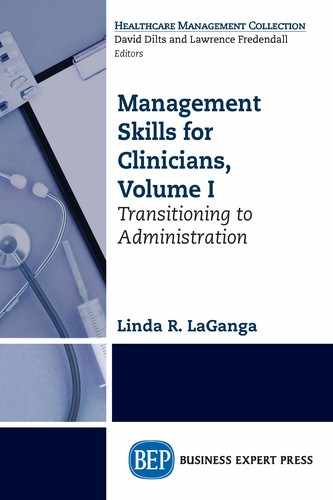Mental Health Partners
SBAR Proposal for Walk-Through Process Reviews
Developed by Linda LaGanga, September 30, 2016
SITUATION: We are rapidly developing new policies and implementing new procedures to align our day-to-day operations with the current and evolving landscape of health care. Even with thorough design and communications among multidisciplinary teams within our organization, we find situations where new processes did not work out as intended and our customers (clients, community members, and other stakeholders) may run into difficulties. In responding to problems or complaints from external customers, we have found breakdowns in the process and points where we could make things run more smoothly. In retrospect, we have seen that if we had tested processes from external and unfamiliar perspectives, or rehearsed scripts for new interactions with customers, there were opportunities to prevent or correct problems before customers had negative experiences.
BACKGROUND: Methodology has been developed in the service management discipline and applied successfully to help service organizations elicit feedback from customers and others unfamiliar with new processes. The purpose is to evaluate the service experience from a customer’s perspective because customers often become aware of cues (or their absence) that the employees and managers might overlook.
Description of Walk-Through Audit from Fitzsimmons, Fitzsimmons, and Bordoloi (2013):
Purpose: Conduct a systematic assessment of the entire customer service experience from beginning to end.
Focus: Measure customer perceptions of the effectiveness of each stage of the service delivery process.
Process:
- Create a flowchart of the service delivery process from the customer’s perspective.
- Design, test, and administer questionnaires to a sample of customers, management personnel, and/or customers at benchmark organizations.
- Walk through the real or proposed process with the group above and apply the survey to assess their actual experience with the process, and elicit their reactions to possible problem points.
- Summarize and analyze survey results with emphasis on low ratings relative to benchmark firms and gaps between management and customers.
- Determine deficiencies and implement improvements.
- Repeat for ongoing improvement.
ASSESSMENT: “Walk-Through Audit” methodology, developed by Fitzsimmons and Maurer (1991) for restaurant service performance, could be used as a foundation for us to proactively review new processes and policy decisions and improve them before releasing them to our customers. This practice, applied successfully in other service industries, appears promising in helping us improve satisfaction of internal and external customers, reduce complaints from clients and other stakeholders, and improve efficiency and effectiveness of our processes.
RECOMMENDATIONS: Adapt “Walk-Through Audit” methodology to apply to our own “Walk-Through Process Reviews” for new and modified processes with high impact on clients and other stakeholders. Utilize our Quality and Process Improvement teams to consult with process owners on conducting Walk-Through Process Reviews in areas such as Service Redesign, appointment setting, and other points of service access.
Use Walk-Through Process Reviews to coordinate with—not replace—other tools such as Client Experience Survey and Design for Six Sigma. This would be another tool in our kit for considering process effects on customers. Coordinate with Client Experience surveys to identify opportunities for service improvement and test new service concepts prior to implementation. Involve Client and Family Advisory Council to participate in Walk-Through Process Review design and execution and to recommend additional participation.
